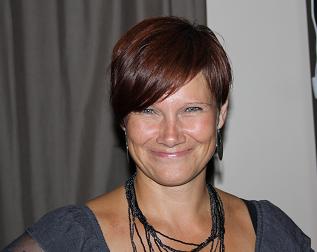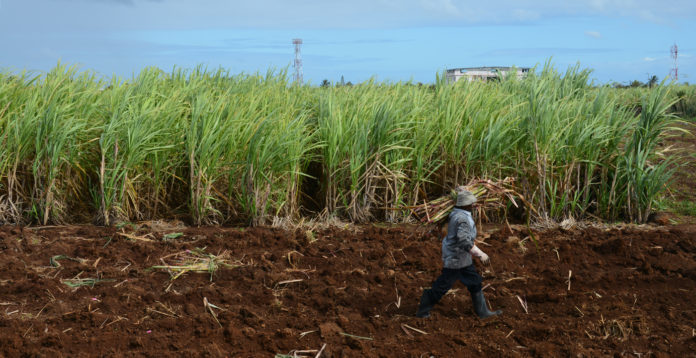By Dr. Silke Bollmohr
Use of herbicides and pesticides by farmers in many developing countries mostly as a perennial and annual weeds control measure, is wide spread. The most heavily used herbicide is called glyphosate because it requires less field preparation and fewer expenses linked to farm machinery. In 2011, approximately 650,000 tonnes of glyphosate products were used worldwide and this figure is projected to double by 2017.
In Kenya, although there is no publicly available data to determine the actual amount of glyphosate used, there are 28 different glyphosate-based products registered. The products are mostly applied within tea and coffee plantations as well as in beans, sugarcane, barley, baby corn and maize.
Despite the seeming economic and ecological benefits such as soil erosion prevention, organic matter loss, water evaporation and biodiversity, there is need to question the adverse effects of extensive application of large quantities of these herbicides on human health and the environment.
In Europe, there has been heated debates between scientists, NGOs, government and industry over the past two years on the re-registration of this active ingredient.
Some argue that glyphosate is likely to cause cancer and should therefore not be re-registered, an argument that has been supported by the International Agency for Research on Cancer. Others argue that any carcinogenic properties have not been proven conclusively and that glyphosate should thus be re-registered. The result of this discussion is unfortunately that glyphosate was on November 27th (of this year) reregistered for the next 5 years,. This has major implications for glyphsoate use in Africa.

In Kenya, as in many other countries, no such discussions are being held and there is no proper regulation in place. Many farmers generally perceive the use of herbicides and other pesticides not as problematic- a perception that is mainly attributed to lack of training and awareness. And where training is given, it often lacks information about the environmental effects and mitigation strategies. Instead, it emphasizes on personal protection equipment to avoid acute health effects but hardly mentions possible chronic health effects.
Monitoring programmes in Europe and the US show ecotoxicologically relevant glyphosate concentrations in water, urine and food (e.g. beer and bread), so one can expect elevated concentrations in developing countries as well.
There is no Environmental Monitoring Programme in the country to gather information on glyphosate pollution in water, soil and air nor is there glyphosate residue monitoring in food.
Interestingly, this is not only the case for glyphosate but for all pesticides being used in this country. A paper by Rockström et al. in 2009 stated that one of the biggest environmental problems is pollution, since we do not know its extent globally. This argument was reemphasised at the just concluded United Nations Environment Assembly in Nairobi.
Another issue is the calculation of Maximum Residue Levels (MRLs) in food. Very often, the European MRLs are taken as a guide and simply adopted for Kenyan situations due to the need for compliance for the export market. However, situations in Kenya might be very different as the example of glyphosate shows. The European MRL of glyphosate that is allowed in maize is 1 mg/kg. One of the basic assumptions feeding into the calculation of this MRL is the average amount of maize an average European eats per day. However, the amount of maize eaten by a Kenyan per day is certainly higher than that eaten by a European. This means that the allowed MRL of glyphosate needs to be adapted to Kenyan eating habits and might, consequently, need to be reduced.
We should not wait until this product is forbidden or restricted but rather act now.
Existing examples in Kenya, such as the organic coffee project in Rongo supported by Permaculture Research Institute and Biovision, proves that it is possible to reduce the use of glyphosate without any negative economic effects. After two years changing towards organic coffee production, the yield even increased from less than 0.5 to 2.4 kg per tree per harvest.
Integrated or organic weed management includes strategies like covering bare soil with mulch (organic, green like dry grass and maize stalk residues); cover cropping with legumes, which then fix nitrogen from the air and help improve soil fertility. Others include covering it with other edible plants such as pumpkin, amaranth, sweet potatoes or with companion plants, which protect the crop from pest e.g. Mexican marigold.
Other possible solutions include intercropping with nitrogen fixers i.e. caliandra, lucern, pigeon peas, agroforestry, spraying with a natural product such as vinegar and digging or pulling the weeds.
It is certainly worth trying and implementing these strategies now, for the sake of our food quality, our health and our environment.
By Dr. Silke Bollmohr, Environmental Scientist and Managing Director of EcoTrac Consulting.














